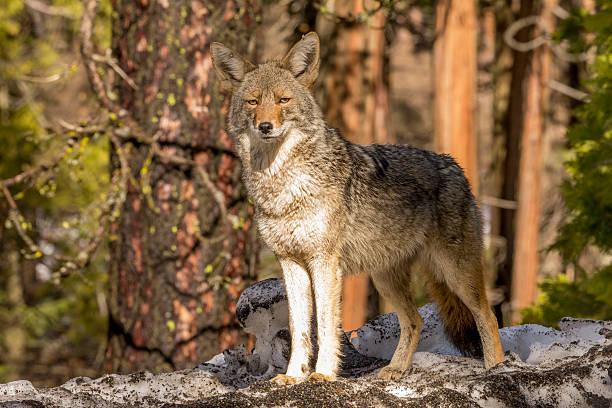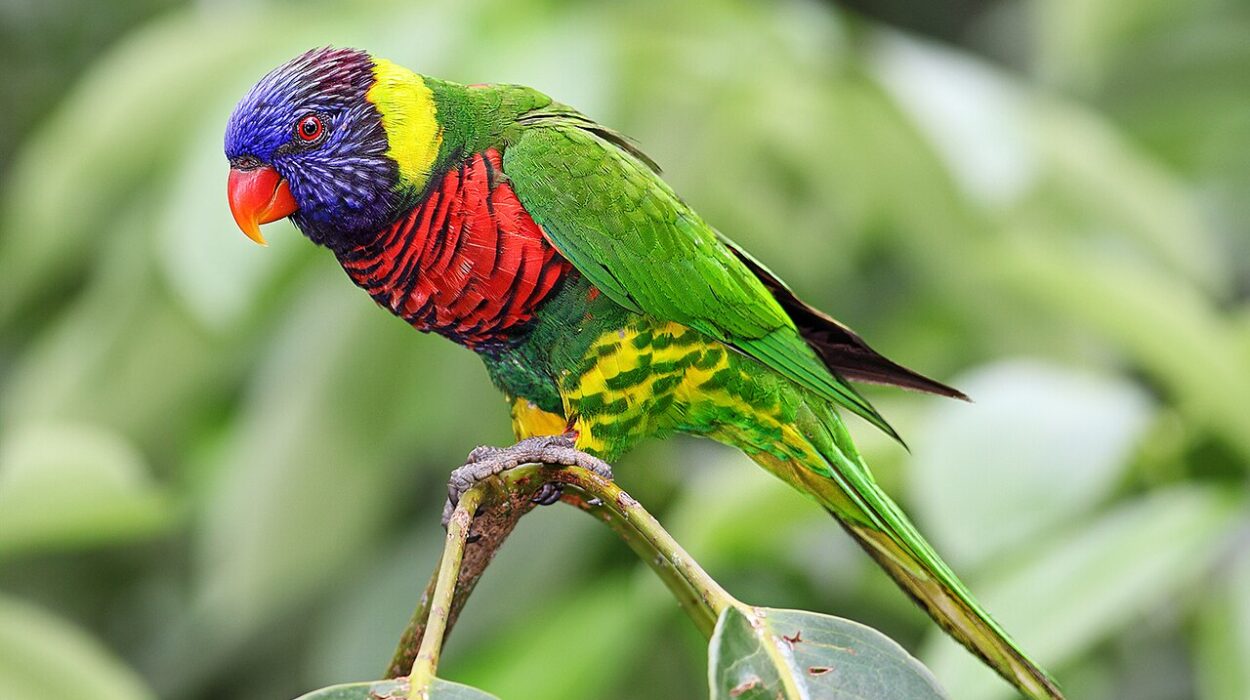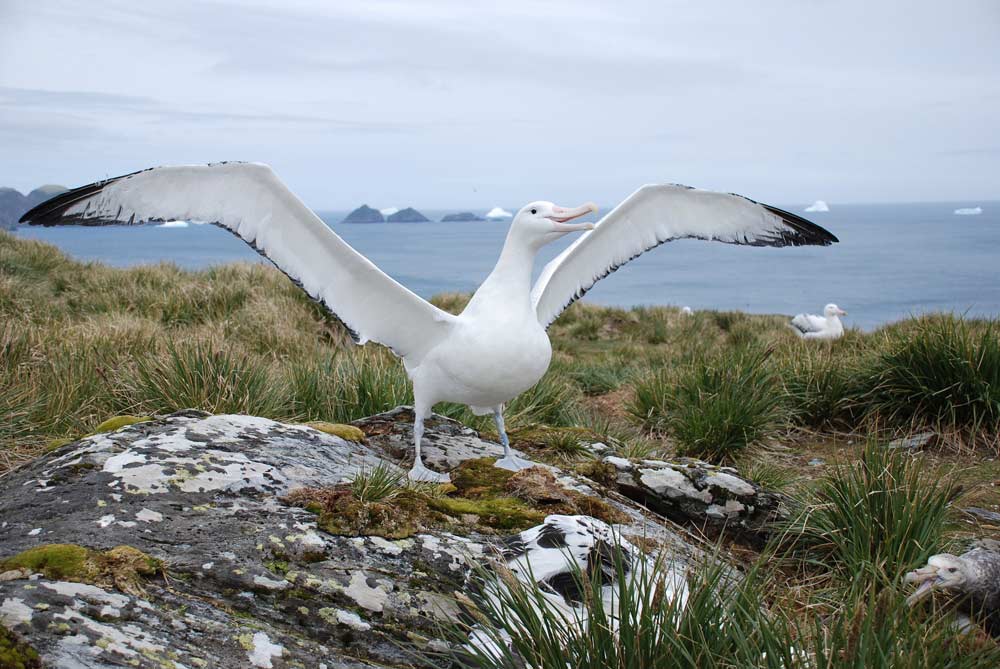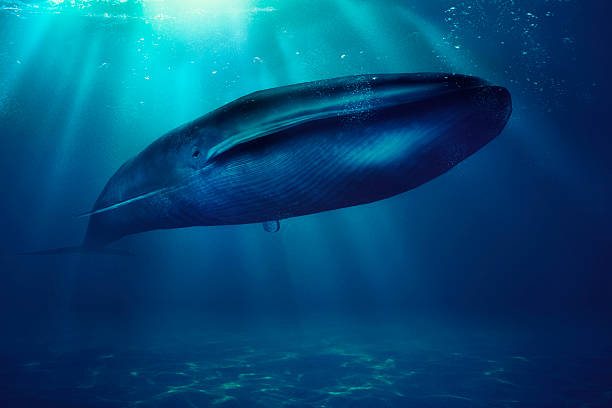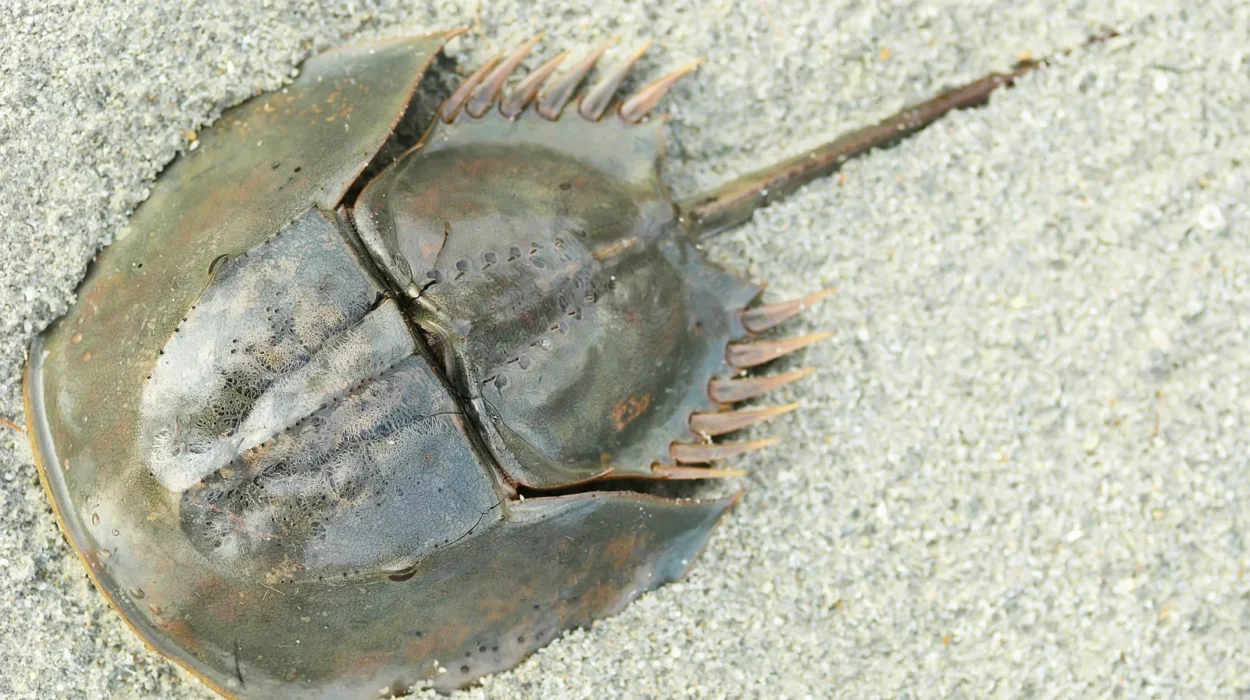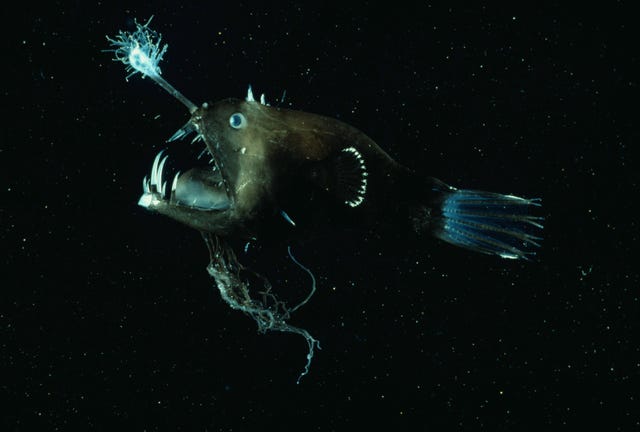In the great story of life on Earth, adaptability is the ultimate superpower. Evolution has crafted creatures that can thrive where others would perish—animals that turn extremes into opportunity, transforming impossible odds into triumph. They endure blistering heat, crushing cold, poison, pressure, and even our own human-made chaos.
Adaptability is not merely survival; it’s artistry. It’s the polar bear’s patience, the cockroach’s persistence, the octopus’s brilliance, and the coyote’s cunning. These creatures represent nature’s genius for transformation. They are living proof that intelligence takes many forms, and that life’s resilience knows no bounds.
Let’s journey through the lives of ten of the most adaptable animals on Earth—masters of change, champions of evolution, and the architects of survival itself.
1. Cockroach – The Unbreakable Survivor
If there were a symbol for indestructibility, it would be the cockroach. For over 300 million years, cockroaches have crawled through Earth’s darkest corners, surviving everything from asteroid impacts to nuclear radiation.
Their adaptability is astonishing. There are more than 4,500 species, and they inhabit nearly every continent. Cockroaches can live a month without food, a week without water, and—bizarrely—several days without their heads. Their decentralized nervous system allows their bodies to continue functioning even after decapitation.
But their true gift lies in their physiology. Their exoskeletons are flexible yet strong, allowing them to squeeze through gaps smaller than a credit card. Their immune systems are robust, giving them resistance to toxins and bacteria that would kill other creatures.
Cockroaches also evolve at lightning speed. When humans began using chemical pesticides, roaches quickly developed genetic mutations that allowed them to detoxify or avoid those chemicals. Scientists have even documented roaches evolving aversions to sugary bait traps within a few generations—a perfect example of adaptation in real-time.
In short, the cockroach is a master of persistence. It doesn’t just endure change—it thrives on it.
2. Coyote – The Shape-Shifting Trickster of the Land
Once limited to North America’s open prairies, the coyote now thrives from the Arctic Circle to the skyscrapers of New York City. Few animals have adapted as successfully to the modern world as this clever canid.
Coyotes are survivors through versatility. They can live in deserts, forests, mountains, or suburbs. Their diet is equally flexible—ranging from rodents and rabbits to fruit, insects, and even human leftovers.
Socially, they can adapt to circumstance. Coyotes can live as solitary hunters, mated pairs, or cooperative packs, depending on food availability. This fluid social structure makes them resilient to environmental pressures.
What’s most remarkable, however, is how they’ve learned to live alongside humans. Coyotes have become nocturnal in urban areas to avoid people, altered their hunting tactics to exploit garbage bins, and even learned to cross roads safely by observing traffic patterns.
The coyote embodies the spirit of adaptability—not through brute strength, but through intelligence, curiosity, and flexibility. It is a creature that bends with change, never breaks.
3. Octopus – The Shape-Shifting Genius of the Sea
In the mysterious depths of the ocean, few creatures are as fascinating—or as adaptable—as the octopus. With three hearts, blue blood, and an alien intelligence, it’s a marvel of evolution.
Octopuses thrive from coral reefs to the freezing deep sea. They can squeeze through openings the size of a coin, thanks to their boneless, highly flexible bodies. When threatened, they vanish in a puff of ink, change color to camouflage perfectly with their surroundings, or jet away at lightning speed.
Their adaptability is not merely physical—it’s mental. Octopuses are problem-solvers. In laboratories, they’ve been seen opening jars, navigating mazes, and even escaping tanks. In the wild, they use coconut shells and discarded bottles as shelters, demonstrating creativity and foresight.
Their camouflage ability is perhaps the most extraordinary. Specialized skin cells called chromatophores, iridophores, and leucophores allow them to change not just color, but texture and pattern—turning their skin into living art that mirrors sand, coral, or rock.
Every adaptation of the octopus tells a story of intelligence honed by millions of years beneath the waves. They are proof that survival isn’t just instinct—it’s ingenuity.
4. Rats – The Urban Conquerors
No city is complete without them. The rat—reviled, resilient, and relentless—is perhaps humanity’s most persistent shadow. While many species struggle to survive in the wake of urban expansion, rats flourish.
Originally native to Asia, rats have colonized every continent except Antarctica. They can survive on almost any diet, breed rapidly, and navigate even the most inhospitable environments. Their teeth, harder than iron, allow them to chew through wood, concrete, and even metal.
Rats’ adaptability is not just physical but behavioral. They are highly intelligent, capable of learning from each other, solving puzzles, and avoiding traps after observing others’ mistakes. In cities, they navigate subways and sewers as effectively as humans use roads and maps.
In laboratories, rats have shown emotional intelligence—exhibiting empathy by freeing trapped companions. This combination of cunning, resourcefulness, and social intelligence explains why they thrive where humans do.
Wherever people go, rats follow—not as pests alone, but as unwilling partners in the story of urban evolution.
5. Polar Bear – The Arctic Titan
In one of Earth’s most unforgiving environments, the polar bear reigns supreme. Covered in thick fur and powered by immense strength, these bears are masters of cold-weather survival.
Their adaptations to the Arctic are extraordinary. Beneath their white fur lies black skin that absorbs heat from the sun. A thick layer of fat provides insulation and buoyancy in icy waters. Their massive paws act as snowshoes and paddles, allowing them to traverse ice and ocean alike.
Polar bears are patient hunters, waiting for hours beside seal breathing holes in the ice. Their sense of smell is among the keenest in the animal kingdom—able to detect prey nearly a mile away or beneath thick snow.
But as climate change melts the sea ice they depend on, polar bears are adapting once again. Increasingly, they are foraging inland, scavenging human waste or hunting new prey. Though their habitat is vanishing, their resilience persists.
The polar bear’s struggle embodies the adaptability of nature under pressure—an emblem of strength facing an uncertain future.
6. Pigeon – The Feathered Citizen of the World
The humble pigeon is so common in cities that we often forget it’s one of nature’s great success stories. Descended from wild rock doves, pigeons have adapted to nearly every human environment—from the temples of India to the rooftops of Manhattan.
Their urban mastery is remarkable. Pigeons thrive on human scraps, nest on ledges that mimic their ancestral cliffs, and navigate cityscapes with ease. But their adaptability runs deeper than scavenging—they possess an uncanny ability to find their way home over vast distances.
Scientists discovered that pigeons use a combination of Earth’s magnetic field, the sun’s position, low-frequency sounds, and even smell to orient themselves. During World Wars I and II, pigeons carried crucial messages across enemy lines, often saving countless lives.
Their intelligence and resilience have earned them a quiet respect. Whether they’re soaring above cathedrals or pecking at crumbs in a subway station, pigeons embody survival through coexistence—a perfect blend of instinct and urban grace.
7. Tardigrade – The Indestructible Microscopic Marvel
Invisible to the naked eye, tardigrades—or “water bears”—are tiny creatures that redefine what it means to survive. Measuring less than a millimeter long, these microscopic animals can endure conditions that obliterate nearly all other life forms.
Tardigrades can survive being boiled, frozen, irradiated, crushed, dehydrated, and even exposed to the vacuum of outer space. How? Through a state called cryptobiosis. When conditions become hostile, they dry out, retract their legs, and curl into a tiny, hardened ball called a “tun.” In this state, their metabolism nearly stops, allowing them to remain dormant for decades.
When rehydrated, they spring back to life as if nothing happened. Scientists have revived tardigrades after more than 30 years of dormancy.
Their DNA contains unique proteins that protect against radiation and desiccation. Some researchers believe studying them could hold clues to human space travel or cryogenic preservation.
Though microscopic, tardigrades are titans of endurance—living proof that life, in its smallest forms, can defy the universe’s harshest trials.
8. Catfish – The Freshwater Nomads
Catfish are champions of adaptation in freshwater environments across the globe. From murky rivers to desert ponds that dry up for months, catfish have evolved a remarkable toolkit for survival.
Many species can breathe through their skin or intestines, allowing them to survive in oxygen-poor water. Some, like the African walking catfish, can even travel across land, wiggling from one pond to another.
Their sensory adaptations are just as impressive. Catfish whiskers, or barbels, are covered in taste buds that help them “taste” their surroundings and locate food in total darkness. They can detect electrical signals, vibrations, and chemical cues that guide them through muddy, low-visibility habitats.
Catfish are opportunistic eaters—devouring insects, algae, small fish, and even dead organic matter. This dietary flexibility allows them to thrive in both pristine and polluted waters.
They are nature’s quiet survivors—shapeshifters of rivers and lakes, always adapting, always enduring.
9. Humans – The Architects of Adaptation
It would be impossible to talk about adaptability without mentioning the species that has rewritten the rules of survival—humans.
From the frozen tundra of Siberia to the blazing deserts of Arabia, humans have learned not just to endure but to transform their environments. Our adaptability is both biological and cultural.
Early humans developed opposable thumbs, complex language, and problem-solving brains that allowed us to manipulate fire, build shelter, and form societies. Over time, we’ve adapted to high altitudes, diverse diets, and shifting climates. Some populations evolved lactose tolerance; others developed resistance to local diseases.
Yet our greatest adaptation lies in innovation. We build machines to fly, suits to dive into the deep, and habitats in space. We are both the creators and challengers of nature’s balance—an animal whose adaptability has become its defining trait.
But this power comes with responsibility. The same adaptability that allows us to thrive must now be used to protect the planet that made us possible.
10. Arctic Fox – The Frost Whisperer
In the frozen wastelands of the Arctic, where temperatures plunge to -60°C, the Arctic fox thrives where few others can. Its beauty is matched only by its incredible ability to adapt to the extremes of life on ice.
During the long winter, its thick white fur provides perfect insulation and camouflage against snow. As summer arrives, it sheds that coat for a sleek brown or gray one that blends into the tundra. This seasonal transformation ensures protection from predators and success in hunting.
The Arctic fox’s metabolic flexibility is astonishing. When food is scarce, it slows its metabolism, conserving energy for weeks. When abundance returns, it can gorge and store fat efficiently.
Its diet is as opportunistic as its spirit—ranging from lemmings and fish to berries and carrion. Arctic foxes even trail polar bears, scavenging leftovers from their kills.
But their adaptability doesn’t stop at survival. They form monogamous pairs, raise their young in insulated dens, and navigate the icy world with intelligence and endurance that seem almost magical.
They are the whisperers of frost—small, silent, and endlessly resourceful.
The Dance of Evolution
Adaptation is life’s masterpiece—a process both ancient and eternal. Every creature, from the tiniest tardigrade to the largest bear, tells a story of persistence written across millennia.
To adapt is to listen—to the land, the sea, the air, and to the rhythm of change itself. The animals that survive are those that learn to dance with the shifting tune of the world, molding themselves to the unpredictable symphony of existence.
And in that dance lies a lesson for humanity: survival is not about strength alone, but flexibility; not about domination, but harmony.
The most adaptable animals remind us that to live is to evolve, to change, and to endure. In their eyes, in their quiet resilience, we glimpse the truth of life itself—an endless conversation between nature and time, whispered in every heartbeat that refuses to stop.
